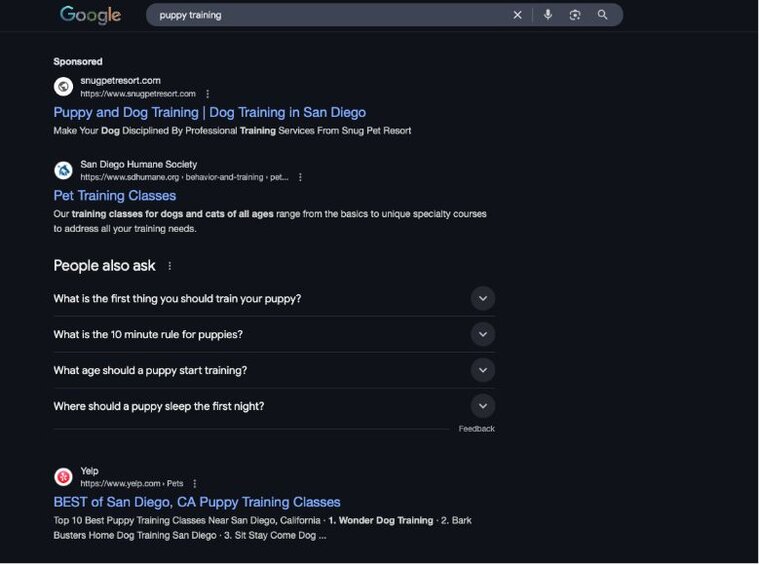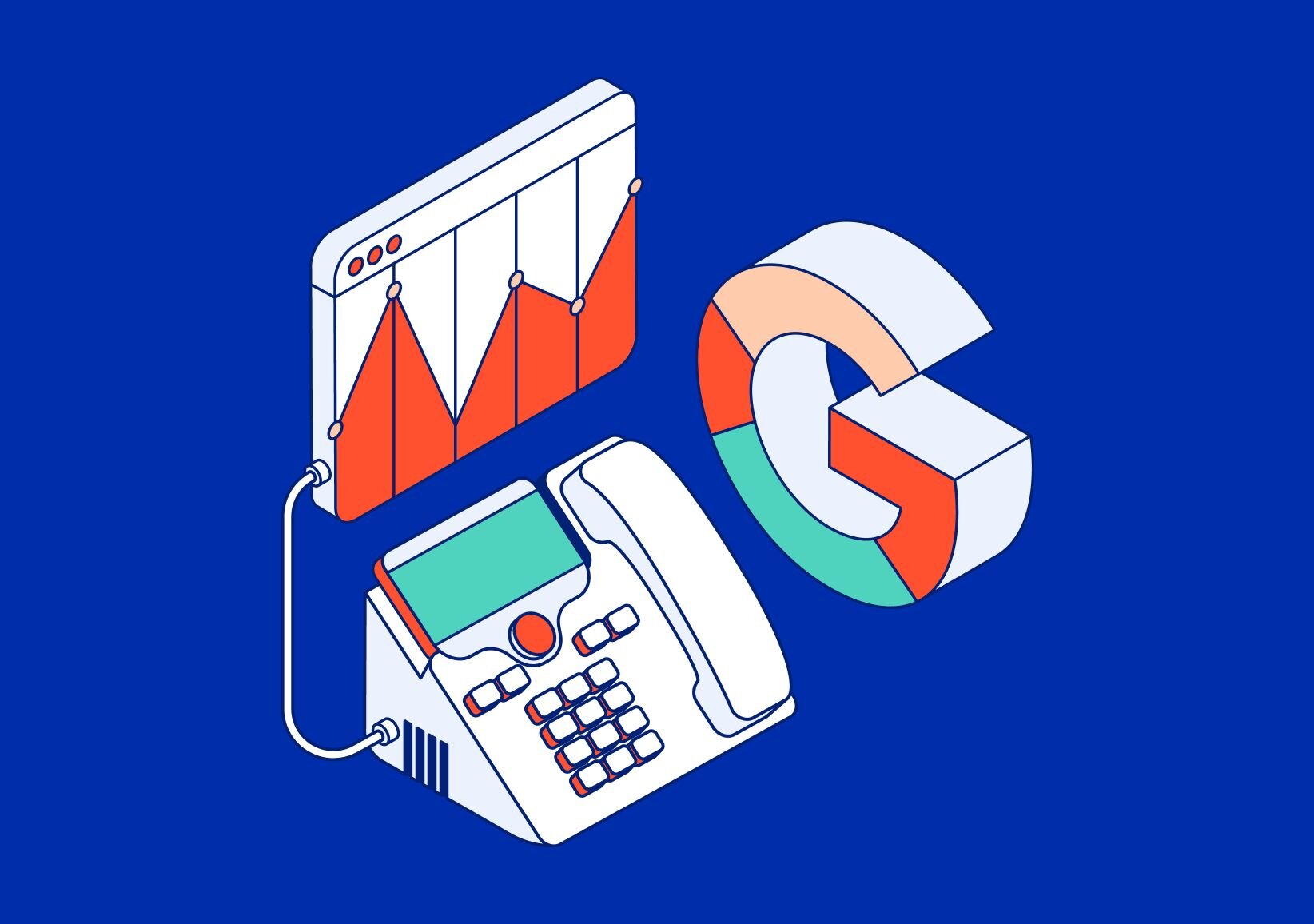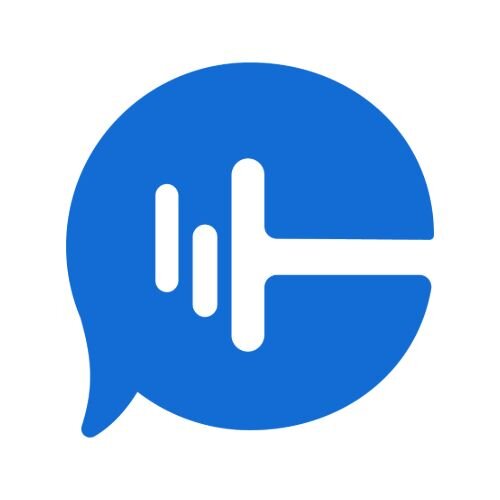Over the past few years, Google — and, by extension — Google Ads, have both undergone big changes. From AI overviews to Performance Max campaigns (Google’s automated campaign type that runs ads across all its properties), the search and advertising experience is more fractured and confusing than ever for your clients.
On top of that, consumer behavior has changed dramatically. As more people discover things through social media platforms first, research shows that “Google search has become a place people go after they discover a need rather than a demand-creation or even demand-nudging platform.”
With so many changes, your agency may need to update its Google Ads strategy to more efficiently manage clients’ needs and demonstrate the true (and improving) value of your agency. Let’s talk about how call tracking and conversation analytics can help your agency’s Google Ads strategy stand out in a competitive space.
What is Google Ads?
Google Ads (formerly known as AdWords) is the most popular pay-per-click ad platform for marketing. When someone uses Google to search for an answer to a question or a new service, Ads delivers relevant paid advertising like this:

The first two “Sponsored” results are pay-per-click ads (or PPC), meaning you only have to pay when someone clicks and lands on your website. But to get those spots, you have to bid on the keywords (in this case, “puppy training”).
Note: We covered the basics of Google Ads call tracking here.
Google determines auction winners based on two factors:
- Bid amount ($)
- Quality Score
Your clients may have questions about the value of SEO and PPC, with some questioning the necessity of paying for placement on search engine results pages (SERPs). With organic search delivering nearly double the web traffic compared to paid (53% to 27%), and the top organic search result getting 19x more clicks than the top paid search results, they may be tempted to question the value of paid search.
Paid search still plays a strategic role in helping clients reach the all-too-important first page of search results. It helps deliver consistent short-term results and supports long-term organic search goals.
But the Google Ads landscape is now more confusing than ever. There are now nine different types of Google Ads:
- Search
- Display
- Shopping
- Video
- App
- Discovery
- Local Services
- Performance Max
- Smart
With so many ways to get your clients’ message out there, from classic search ads to YouTube, call-only ads, and for local search results, running (and improving) campaigns across multiple channels for your many clients can quickly become overwhelming for your agency, as well as clients.
Call tracking can help solve this challenge, however.
New to PPC? Use our PPC Spend Guide for help with figuring out how much your company should be spending on paid ads.
How call tracking unlocks the value of Google Ads for your agency
Whether you’re manually bidding on keywords or you’re letting Google’s automated products like Performance Max do it, you need to understand which ones are driving conversions. But clicks on your PPC ads are only part of the picture. With the growing popularity of click-to-call Google Ads, you might be getting call conversions that you can’t see as clicks in Google Ads.
Pairing your PPC ads with your clients’ visitor tracking numbers allows you to send call conversions directly to your Google Ads dashboard. Phone call conversions will be included in your total conversions in Google Ads, so you can see a complete picture in conversion reporting.
Typically, ad extensions (like click-to-call from an ad) offer limited insights in the Google Ad dashboard. Adding call tracking gives you more insight into which keywords cause customers to call, which keywords you might be wasting clients’ budget on, and data to fuel retargeting with lookalike audiences. You can use this feedback to refine the language in your ads and website to better attract the customers who are picking up the phone.
Additionally, you need a high Quality Score to continue winning bids. Finding unique, highly relevant keywords for your campaign copy is the best way to keep your Quality Score strong. The more targeted your keywords are to your audience, the better performing they’ll be. Don’t forget to look for long-tail keyword opportunities as well. The more specific your bidding, the less likely you’re going to be in a highly competitive arena where you’ll have to bid more money to win.
Listening to call recordings to gather conversation analytics is also an effective way to find keywords your clients may be missing. Maybe your clients’ customers refer to your product as “natural,” but most of the callers are saying “eco.” Try matching ad copy to customers’ terminology for better PPC results.
Digital marketing agency Webserv used CallRail to identify and reallocate 43% of their client’s ad spend to profitable keywords.
If your clients choose to focus some of their marketing efforts on PPC advertising, adding CallRail’s Call Tracking and Premium Conversation Intelligence™ will help you create a smarter, more comprehensive bidding strategy in Google Ads that matches all of their campaign goals.
Read more about call tracking for agencies in this e-book.
Optimize Google Ads campaigns by dollar amount
Another way to use clients’ call data and visitor tracking is to add call values to phone call conversions in Ads, allowing you to compare the dollar value of calls to strategize your bidding for the highest-value leads.
For example, if one keyword creates 20 callers and a total lead value of $500, and another keyword creates 15 callers with a total lead value of $1,000, you might consider bidding on the one that’s attracting higher-value customers.
CallRail’s Google Ads integration lets you send call values directly to Google Ads along with your other call data for visitor tracking numbers to help improve your approach and get clients the customers they need faster.
Smarten up your Google Ads strategy with AI
Google is all in on AI, from AI-powered search results dominating the tops of pages to dynamic, AI-powered programmatic advertising campaigns. If your agency is trying to scale its capabilities, you’re probably relying on AI too to automate, analyze, and generate ads.
Understanding and leveraging the role AI will play in your Google Ads strategy is the key to standing out in a crowded field. Morgan Jarvis, Director of Paid Media at Workshop Digital, a digital marketing agency specializing in SEO, paid media, and analytics, discussed his thoughts in this paid media predictions article, arguing that “The continued focus on user privacy will impact data quantity and quality, making it harder to prove the value of digital marketing campaigns.”
"The continued focus on user privacy will impact data quantity and quality, making it harder to prove the value of digital marketing campaigns."
- Morgan Jarvis, Director of Paid Media at Workshop Digital
So, while AI is powering the Google Ads platform, your agency will need to reliably source first-party data to power your agency’s Google Ads strategy for each client. That’s where CallRail can help set your agency apart as lead generation and conversion wizards.
With CallRail, you can step past traditional Google Ads benchmarks like click-through rates to demonstrate the true impact of every campaign, from the keywords driving engagement and conversions to understanding the trends and value of every conversation your clients are having with ad-driven leads.
When your agency uses CallRail, you’ll have access to a host of other features focused on scaling your ability to deliver greater insights and value to clients, faster than ever. From Convert Assist, which you can use to deliver targeted coaching advice for improving calls, to emerging alpha features like automated lead scoring for every call.
Scale your Google Ads strategy confidently with CallRail
For agencies, Google Ads can be a difficult channel to clearly demonstrate value to clients, who may only see it as a huge (and expendable) line item in their marketing budget.
CallRail can help your agency tell a better, data-driven ROI story for clients, while also giving you the tools to improve your results and ability to scale. See how it works when you start your 14-day free trial.











